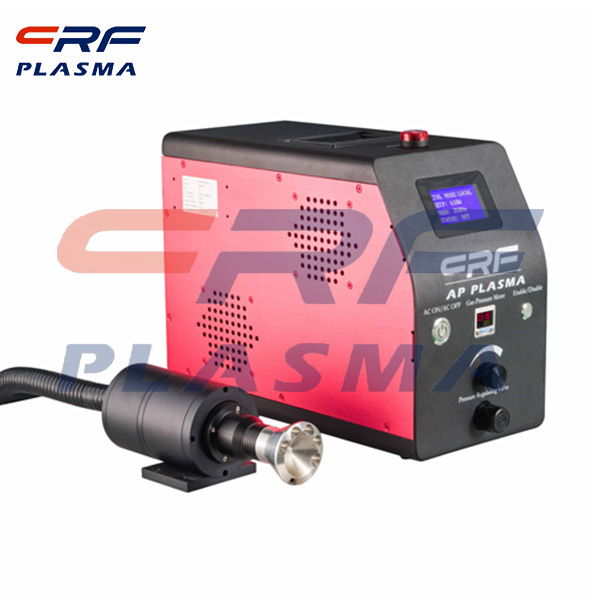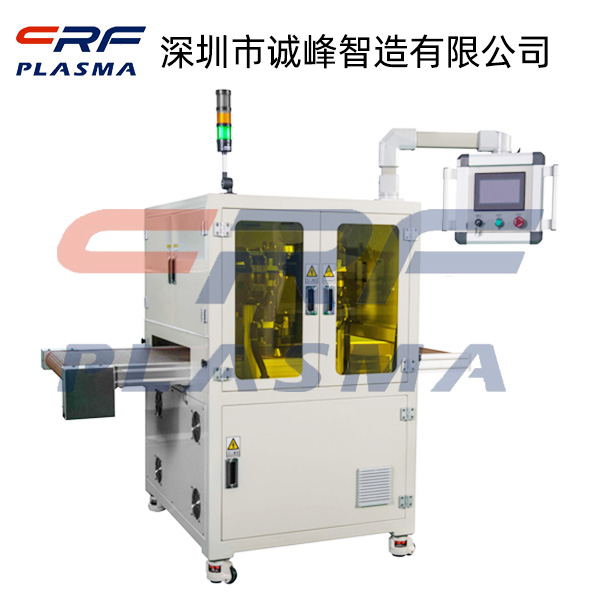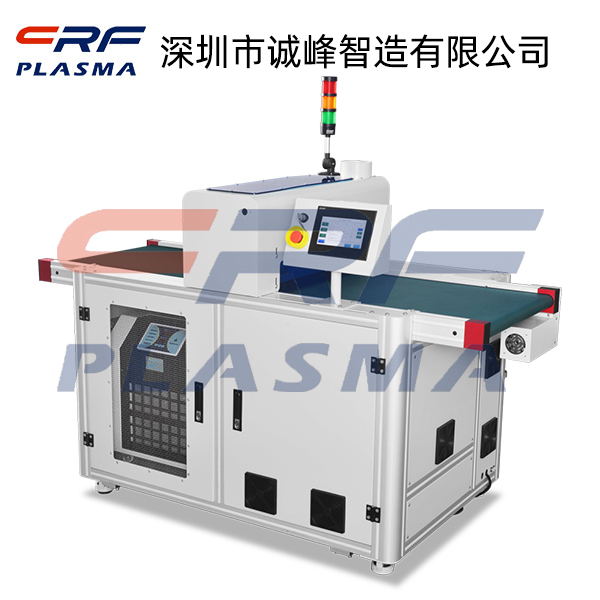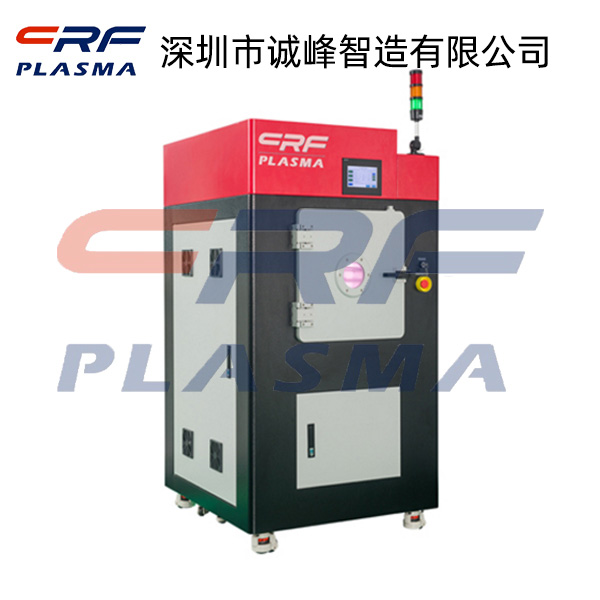
Welcome to Shenzhen Sing Fung Intelligent Manufacturing Co., Ltd.
E-mail:shaobo@sfi-crf.com
The effect of plasma modification on the surface chemical structure of activated carbon fibers
- Categories:Company Dynamics
- Author:Plasma cleaning machine-CRF plasma plasma equipment-plasma surface treatment machine manufacturer-chengfeng intelligent manufacturing
- Origin:
- Time of issue:2021-06-29
- Views:
(Summary description)The effect of plasma modification on the surface chemical structure of activated carbon fibers: Activated carbon fiber (ACF) is a new type of fibrous adsorbent formed by carbonized activated organic fibers. The adsorption and catalytic performance of activated carbon fiber is closely related to its surface area and surface chemical properties. For a long time, many studies have explored various modification methods to increase the specific surface area of activated carbon fibers and enhance the activity of surface functional groups to achieve the purpose of improving the adsorption performance of activated carbon fibers. Plasma modification technology is a material surface modification technology that has developed rapidly in recent years. Plasma modification is to generate a large number of charged particles, excited particles, photons, free radicals and other plasmas in the dielectric barrier discharge. These high-energy plasmas are used to hit the surface of the material to change the physical and chemical properties of the material surface without destroying the surface characteristics of the material, thereby improving the specific surface area, pore size, pore volume, surface functional group and other related properties of the material. Compared with other surface modification technologies, plasma modification mainly has the advantages of no secondary pollution and no damage to the surface characteristics of the material. In addition, the plasma modification technology has many forms of action on the surface of the material, and the process has a wide range of applications, which is convenient for continuous automation. produce. Different discharge voltages have different effects on the surface modification of ACF. The discharge time affects the modification results, and the ACF surface active substances increase with the modification time. Plasma-modified ACF can effectively introduce nitrogen-containing functional groups to its surface, and change the morphological distribution of oxygen-containing functional groups to a certain extent, so that the basic groups on the surface of ACF and the oxidizing ability have been greatly improved, so ACF The content of basic active sites on the surface increases, and the chemical adsorption performance is greatly improved. This is of great positive significance for desulfurization and denitrification. Effect of Plasma Modification on the Surface Chemical Structure of Activated Carbon Fiber
The effect of plasma modification on the surface chemical structure of activated carbon fibers
(Summary description)The effect of plasma modification on the surface chemical structure of activated carbon fibers:
Activated carbon fiber (ACF) is a new type of fibrous adsorbent formed by carbonized activated organic fibers. The adsorption and catalytic performance of activated carbon fiber is closely related to its surface area and surface chemical properties.
For a long time, many studies have explored various modification methods to increase the specific surface area of activated carbon fibers and enhance the activity of surface functional groups to achieve the purpose of improving the adsorption performance of activated carbon fibers.
Plasma modification technology is a material surface modification technology that has developed rapidly in recent years.
Plasma modification is to generate a large number of charged particles, excited particles, photons, free radicals and other plasmas in the dielectric barrier discharge. These high-energy plasmas are used to hit the surface of the material to change the physical and chemical properties of the material surface without destroying the surface characteristics of the material, thereby improving the specific surface area, pore size, pore volume, surface functional group and other related properties of the material.
Compared with other surface modification technologies, plasma modification mainly has the advantages of no secondary pollution and no damage to the surface characteristics of the material. In addition, the plasma modification technology has many forms of action on the surface of the material, and the process has a wide range of applications, which is convenient for continuous automation. produce. Different discharge voltages have different effects on the surface modification of ACF. The discharge time affects the modification results, and the ACF surface active substances increase with the modification time.
Plasma-modified ACF can effectively introduce nitrogen-containing functional groups to its surface, and change the morphological distribution of oxygen-containing functional groups to a certain extent, so that the basic groups on the surface of ACF and the oxidizing ability have been greatly improved, so ACF The content of basic active sites on the surface increases, and the chemical adsorption performance is greatly improved. This is of great positive significance for desulfurization and denitrification.
Effect of Plasma Modification on the Surface Chemical Structure of Activated Carbon Fiber
- Categories:Company Dynamics
- Author:Plasma cleaning machine-CRF plasma plasma equipment-plasma surface treatment machine manufacturer-chengfeng intelligent manufacturing
- Origin:
- Time of issue:2021-06-29 11:12
- Views:
The effect of plasma modification on the surface chemical structure of activated carbon fibers:
Activated carbon fiber (ACF) is a new type of fibrous adsorbent formed by carbonized activated organic fibers. The adsorption and catalytic performance of activated carbon fiber is closely related to its surface area and surface chemical properties.
For a long time, many studies have explored various modification methods to increase the specific surface area of activated carbon fibers and enhance the activity of surface functional groups to achieve the purpose of improving the adsorption performance of activated carbon fibers.
Plasma modification technology is a material surface modification technology that has developed rapidly in recent years.
Plasma modification is to generate a large number of charged particles, excited particles, photons, free radicals and other plasmas in the dielectric barrier discharge. These high-energy plasmas are used to hit the surface of the material to change the physical and chemical properties of the material surface without destroying the surface characteristics of the material, thereby improving the specific surface area, pore size, pore volume, surface functional group and other related properties of the material.

Compared with other surface modification technologies, plasma modification mainly has the advantages of no secondary pollution and no damage to the surface characteristics of the material. In addition, the plasma modification technology has many forms of action on the surface of the material, and the process has a wide range of applications, which is convenient for continuous automation. produce. Different discharge voltages have different effects on the surface modification of ACF. The discharge time affects the modification results, and the ACF surface active substances increase with the modification time.
Plasma-modified ACF can effectively introduce nitrogen-containing functional groups to its surface, and change the morphological distribution of oxygen-containing functional groups to a certain extent, so that the basic groups on the surface of ACF and the oxidizing ability have been greatly improved, so ACF The content of basic active sites on the surface increases, and the chemical adsorption performance is greatly improved. This is of great positive significance for desulfurization and denitrification.
Effect of Plasma Modification on the Surface Chemical Structure of Activated Carbon Fiber
Scan the QR code to read on your phone

TEL:0755-3367 3020 / 0755-3367 3019

E-mail:sales-sfi@sfi-crf.com

ADD:Mabao Industrial Zone, Huangpu, Baoan District, Shenzhen
















